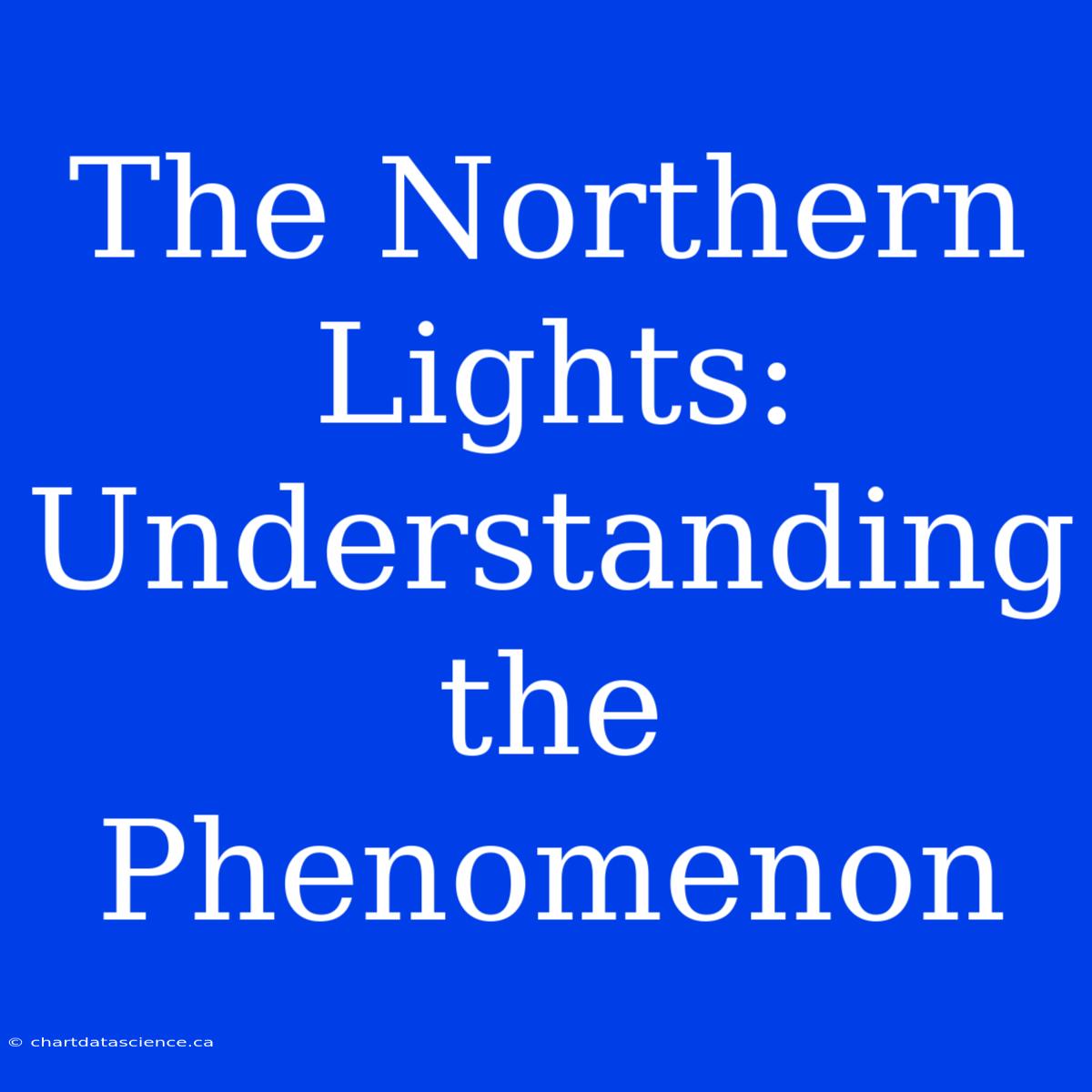The Northern Lights: Understanding the Phenomenon
Have you ever wondered what causes those mesmerizing, dancing curtains of light in the night sky? You're not alone! The Northern Lights, also known as the Aurora Borealis, are a captivating natural phenomenon that has fascinated humans for centuries. Let's dive into the science behind this ethereal spectacle.
What are the Northern Lights?
The Northern Lights are a dazzling display of light, predominantly seen in the high-latitude regions of the Northern Hemisphere. They're caused by collisions between electrically charged particles from the sun (solar wind) and atoms in Earth's atmosphere. These collisions create the vibrant, shimmering colors we see in the sky.
How Do They Happen?
It all starts with the sun, which constantly emits a stream of charged particles called the solar wind. When these particles reach Earth, they interact with the planet's magnetic field, which acts like a shield, deflecting most of the particles. However, some particles can escape and enter the Earth's atmosphere, primarily near the magnetic poles.
As these charged particles collide with oxygen and nitrogen atoms in the atmosphere, energy is released, causing these atoms to become excited. To return to their normal state, the excited atoms release photons, which are tiny packets of light. The color of the light depends on the type of atom and the altitude at which the collision occurs.
Colors of the Aurora
The most common color of the aurora is green, which is produced when charged particles collide with oxygen atoms at an altitude of about 60 miles. Red auroras are created when oxygen atoms are struck at higher altitudes (around 150 miles). Nitrogen atoms contribute to blue and purple auroras, depending on the altitude of the collision.
Where to See the Northern Lights
The best places to witness this natural spectacle are in high-latitude regions like Alaska, Canada, Iceland, Greenland, Norway, Sweden, and Finland. The Northern Lights are most active during periods of high solar activity, which is when the sun emits more charged particles. You'll often find that the Northern Lights are more visible during the winter months when the nights are longer and the sky is dark.
Tips for Watching the Aurora
- Check the aurora forecast: Many websites and apps provide real-time aurora predictions, so you can plan your viewing sessions.
- Choose a dark location: Light pollution from cities can interfere with your viewing experience.
- Be patient: The Northern Lights can be unpredictable, so be prepared to wait for a show.
- Dress warmly: It can be quite cold in the northern latitudes, so dress appropriately.
Final Thoughts
The Northern Lights are a breathtaking natural phenomenon that reminds us of the beauty and power of the universe. Understanding the science behind these celestial displays adds a whole new dimension to the awe and wonder they inspire. So, if you have the opportunity, make sure to witness the Northern Lights for yourself. It's an experience you won't soon forget.

